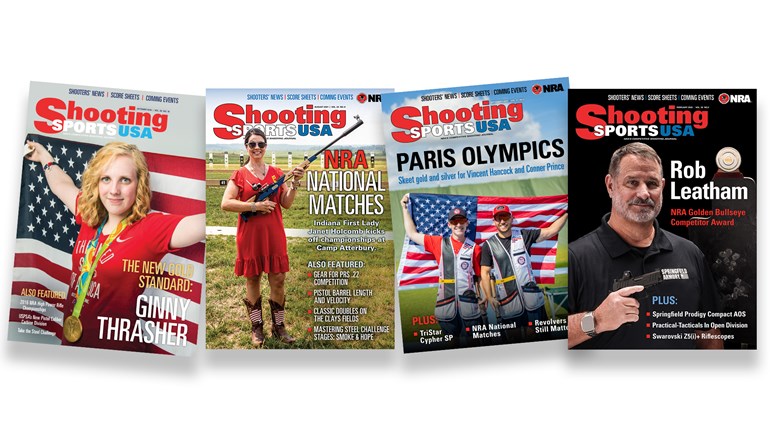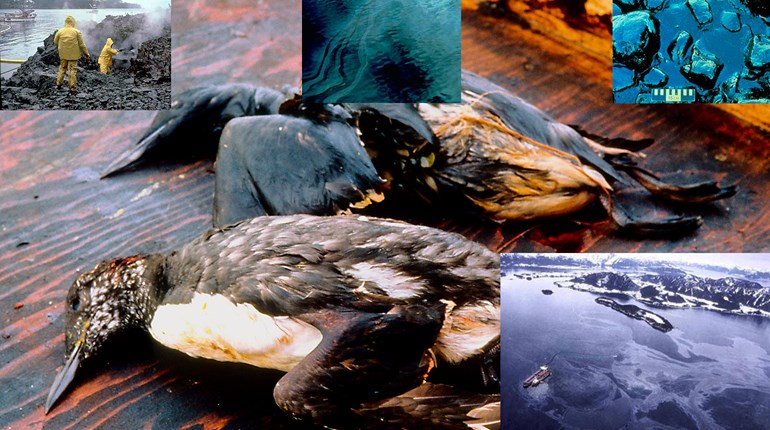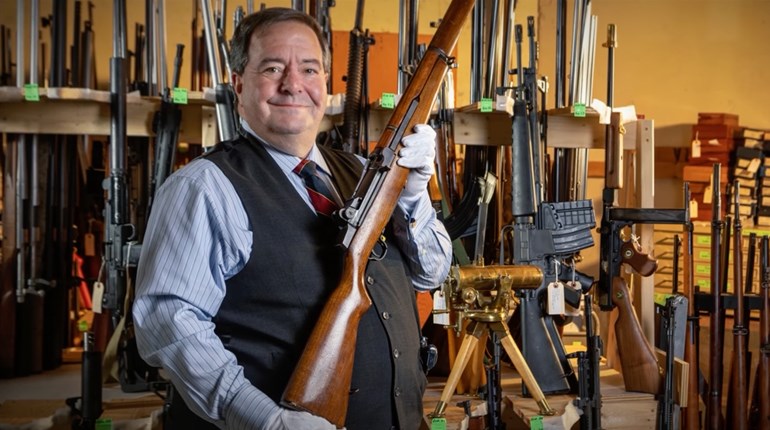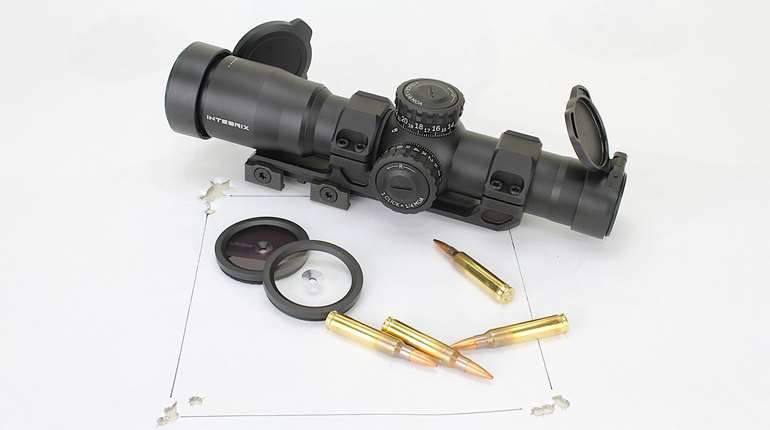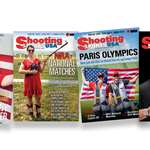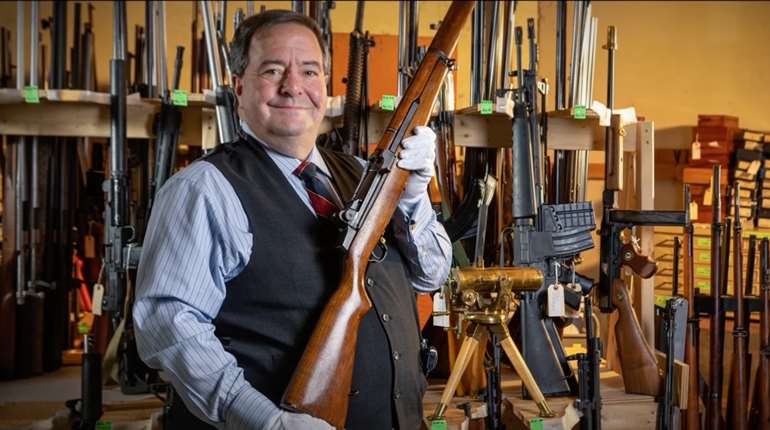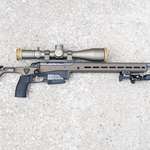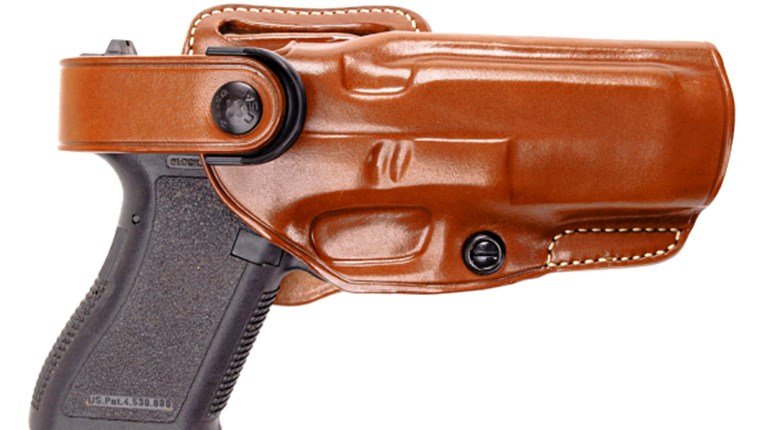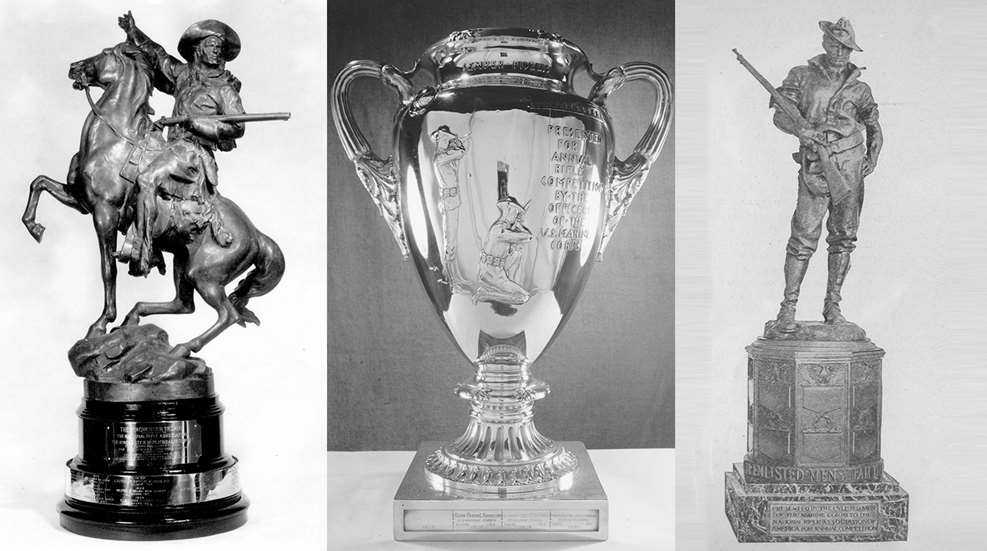
Above, from left to right: the Winchester “Plainsman” Trophy, Marine Corps Trophy, and Enlisted Men's Trophy.
Editor’s note: Be sure to check out Part 1 and Part 2 of this series on NRA competition history.
As Camp Perry and other competitive venues saw stupendous growth through the first two decades of the 1900s, some of the greatest artists of the 20th century contributed their talents to NRA trophy making.
Western Bronzes
The great painter and sculptor of American bronzes, Frederic Remington, was commissioned for several works. First employed for Winchester Repeating Arms Company in 1909, his sculpted bronze cowboy on a bucking horse became the Winchester Bronco Buster Trophy. This trophy was presented to the shooter with the highest number of hits on a 200-yard disappearing target in a one-minute speed match. Unfortunately, its whereabouts are currently unknown, but it is not to be confused with the present Winchester Trophy—the 1923 bronze statuette of “The Plainsman,” awarded originally for smallbore rifle competition at the National Matches. The Plainsman was re-designated for international 300-meter free rifle in 1955, for international smallbore rifle in 1960, and was awarded to the smallbore free rifle champion in 1964 at the U.S. International Shooting Championships. It’s last designation was in 1997 to the civilian outdoor 3-position champion at the National Matches.
The first bronze Remington created for Winchester can be easily confused with the Scott Trophy or the 1933 Bausch and Lomb Trophy. The Scott Trophy, cast by Joy Clinton Shepherd and called “Ride ‘em Cowboy,” shows a hat-waving cowboy on a bucking horse and was donated to NRA in 1925 by Col. Frank Scott. Originally awarded to the highest individual over a 900-yard service rifle course, the event is now run as a 200-yard rapid fire match, in the sitting or kneeling position, taken from the standing position, with either a service or NRA match rifle.
The Bausch and Lomb award was created by C.M. Russell. Another variation on the same theme, this revolver-waving cowboy atop a rearing steed is awarded to the high National Guard team competing in the Herrick Trophy Match. And if that wasn’t enough, none of those mentioned above should be mistaken for the Hankins Memorial Trophy—an original cast of Remington’s work entitled “Bronco Buster.”
This trophy was activated by Col. Walter McIlhenny in commemoration of Col. Joseph Hankins of the U.S. Marine Corps who was killed in action in the South Pacific during World War II. Today, the Hankins Memorial Trophy is awarded to the highest scoring reserve competitor in the National High Power Service Rifle Championship.
As evocative of the winning American West spirit as the early bronze pieces are, silversmithing has always been a mainstay of NRA trophies with many of these prizes showing support of armed forces divisions. In prominent example stands the Marine Corps Cup Trophy, donated to NRA in 1909 by Maj. Gen. George Elliott, then Commandant of the Marine Corps. The double-handled, Grecian-style urn is engraved with two Marine riflemen figures, one standing and one kneeling. Originally valued at $1,500, this trophy was paid for through officer’s donations. Not to be outdone by their fellow officers, the Marines’ enlisted corps raised funds for their own Enlisted Men’s Trophy, depicting in bronze, a Marine enlisted man.
Undoubtedly, one of the more shining examples of sportsmanship is represented in an armed forces award from a different branch. The Cavalry Cup was donated to NRA after some rather unusual match circumstances. While vying for $350 in cash during a 1910 National Match event, the Marine team was in second place. When the skirmish leg of the match ended, the Marine’s coach yelled out encouragement to his men: a breach of the rules that had the effect of throwing out the team’s score for that phase, resulting in dropping the team to 42nd place.
The Cavalry, which had been in third place, moved up to second and went home with the prize for second place. So upset were they at the ruling against the Marines, the Cavalry protested the National Board for the Promotion of Rifle Practice resulting in the Marines’ score being reinstated, costing the Cavalry its prize money.
The Marines were so honored, the team took the prize money it received and donated it toward the purchase of the Cavalry Cup, a beautiful tall and slim, lidded silver urn, to be awarded annually to the cavalryman making the highest score in the NRA President’s Match.
In ongoing reciprocity, the 1922 Appreciation Cup, another slim, and elegantly lidded urn, was donated by the Cavalry to be awarded to the highest scoring Marine in the President’s Match. Today, the Cavalry and Appreciation Cups are some of the brightest examples of sportsmanship and fellowship between the U.S. Armed Forces branches.
As the shadows of World War I darkened the minds of the American government and public, thousands of Americans flocked to NRA to support the government-endorsed, NRA war preparedness training programs; sought to educate civilian shooters and civilian rifle instructors in the event of war. By this time, firearms larger than .22 calibers and their related ammunition supplies had already become basically unavailable, as they were stockpiled in war preparation efforts.
NRA survived these shortages by focusing on smallbore and short range events, eventually throwing its full attention to civilian instruction efforts. When the U.S. finally entered the war in 1917, the continuous line of NRA members wanting to train and enlist in response to the outstanding reputation of the NRA’s marksmanship programs was phenomenal.
While many of the Association’s most prominent members were National Guardsmen who were ordered immediately to service, it was the “rank and file” of NRA-affiliated clubs that made a stunning show of national pride, often volunteering “en masse” at recruiting stations. NRA further promulgated the active involvement of its members in the Home Guard, pulling sentry duty at public buildings in Washington, D.C., and guard duty at supply factories.
Seeking ways to educate its troops, the U.S. War Department sought to bring British and French instructors to the U.S. to teach new American soldiers the art of war. Portentously, while the British valued marksmanship, they thought it too difficult to train for during wartime.
The French view, however, was worse, claiming a rifle was best as a good handle for a bayonet. Hand-to-hand combat with bayonets and hand-thrown grenades were more to the European liking. Thankfully, Gen. John Pershing was completely frustrated by the poor shooting skills of his ranks while he commanded in France: and these ranks were growing every day as recruiting was at a fever pitch.
During the first year in war, while communicating with the Secretary of State, Pershing declared “… the rifle is distinctively an American weapon. I want to see it employed.” Further lobbying by NRA gained the cooperation of the War Department and prevented further loss of rifle skills among U.S. soldiers.
*Note: This is a multi-part series on the history of NRA trophies. Read Part 4. It would not have been possible without the expertise and guidance of the NRA Competitive Shooting Division and the NRA National Firearms Museum staffs. Information was also collected from Americans and Their Guns, by James B. Trefethen and James E. Serven.













